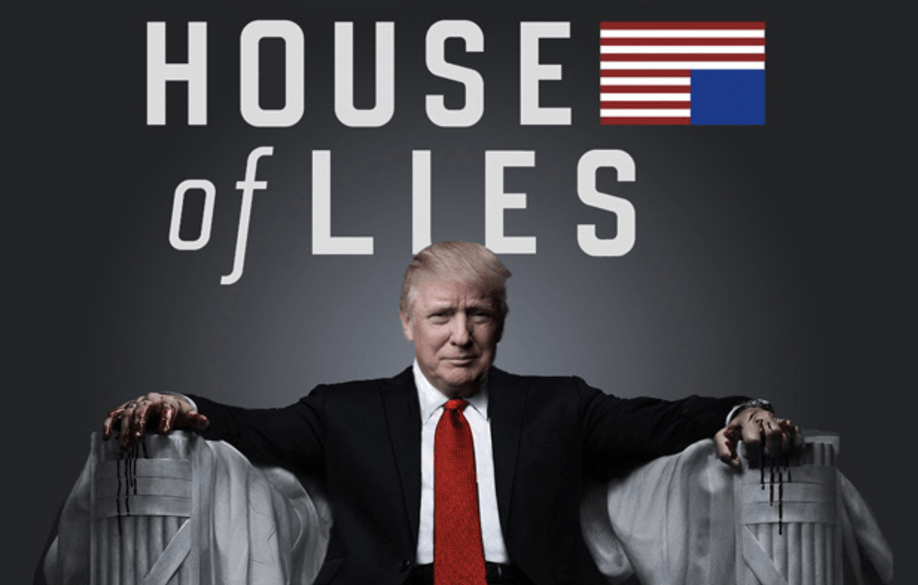Between Sean Spicer’s inauguration statistics lies (during his debut press briefing, no less), Kellyanne Conway’s mythical “Bowling Green Massacre”, and President Trump’s tendency to broadcast misleading, if not entirely fictitious facts, it seems that this administration is rapidly redefining the government’s relationship with the media and revolutionizing the way the public is consuming it.
Now, perhaps more than ever before, the impetus and value of journalism lies in its ability to tell the unmitigated truth and fact-checking is fast becoming the most fundamental component of U.S. political reporting. In a way, the government’s vehement opposition to the “crooked”, “dishonest” media is serving as the perfect catalyst for a reporting renaissance where the vows of integrity, persistence, and duty to the public are being steadily renewed. However, amidst the chaotic scramble to establish new systems of fact-checking in America’s forerunning publications, there is an important question to address regarding how media outlets will cooperate and, more drastically, how the new rules could apply in the context of live broadcast.
One of the founders of website PolitiFact.com and Duke University Professor Bill Adair has stated in the lead-up to the election that fact-checking gained traction amongst journalists to an extraordinary degree. He encouraged journalists to doggedly continue this trend in a column published on election day. Since the chaos of the campaign trail, publications have been quickly innovating new formats of fact-checking such as NPR’s annotation feature, CNN’s onscreen graphics component for correcting misleading facts, plans for the Washington Post to add video to their fact-checking unit, plans for establishing a wholly new fact-checking unit at the Times and Duke University’s experiments with an online “pop-up” feature that allows real-time fact checking for websites. The Associated Press, known for producing regular fact-checking reports on political discourse, has recently begun compiling these into aggregated articles with one of their most notable recent headlines simply reading, “A Week’s Supply of Baloney”.
This revolution is not purely relegated to formatting either, with the Guardian’s noteworthy column titled “We Broke the Panama Papers Story, Here’s How to Investigate Trump” breaking down the new ethics of journalism. Including requests such as the collaboration between journalists for investigative material (even if they are from a rival publication) and suggesting, “The next time Donald Trump tries to single out a reporter, or doesn’t answer a question, the next reporter who’s allowed to speak should repeat the question of the journalist Trump has snubbed”. The rules are being re-written, all in the name of pursuing truth amongst the garbled, emotive fabrications that the Trump administration are producing without apology.
So how will the new rules apply to live broadcast? GQ’s recent viral Facebook video featuring special correspondent Keith Olbermann is a journalist’s call to arms for new fact-checking standards. Olbermann demands that networks “Stop covering Trump’s speeches live. Use a delay, employ a team of fact-checkers, play his rants, and each time he lies, stop the tape and state the facts.” Olbermann claims that this is the only way that the media can soundly stop participating in “Trump’s propaganda game” and that networks should abandon the paranoia of losing viewers or being criticised for stemming the free flow of ideas into the marketplace because the people who believe Trump, Spicer and Conway are ultimately not the ones watching networks such as ABC, CNN, CBS, BBC or MSNBC.
However, in a broadcast game that has been so historically distinguished by the rules that the first one to the line wins, these concepts are nothing short of radical because they require that networks sacrifice time for accuracy – a compromise that must surely be considered seriously by all major publications over the next four years. Olbermann emphasises however, that this is nothing short of a civic and moral obligation, that the rules of journalism under Trump are no longer a competitive offence for viewership. Instead, it is now the media’s primary goal to “identify the lies and refute them”, acting less as a breaking headline and more of a unified safeguard for public consciousness than ever before. Ultimately, this is also what the public should be demanding of networks and publications as well, with values of truth above velocity because despite our hunger for the quick-rotation 24-hour news reel, it is in the best interests of the nation and the world at large to value accuracy above all else. We have to remember that the integrity of journalism will prove to be the greatest defence against Donald Trump.
Watch here how Keith Olbermann thinks the media should answer Trump’s administration from now on:
Photo credit: Michael D’Antuono

